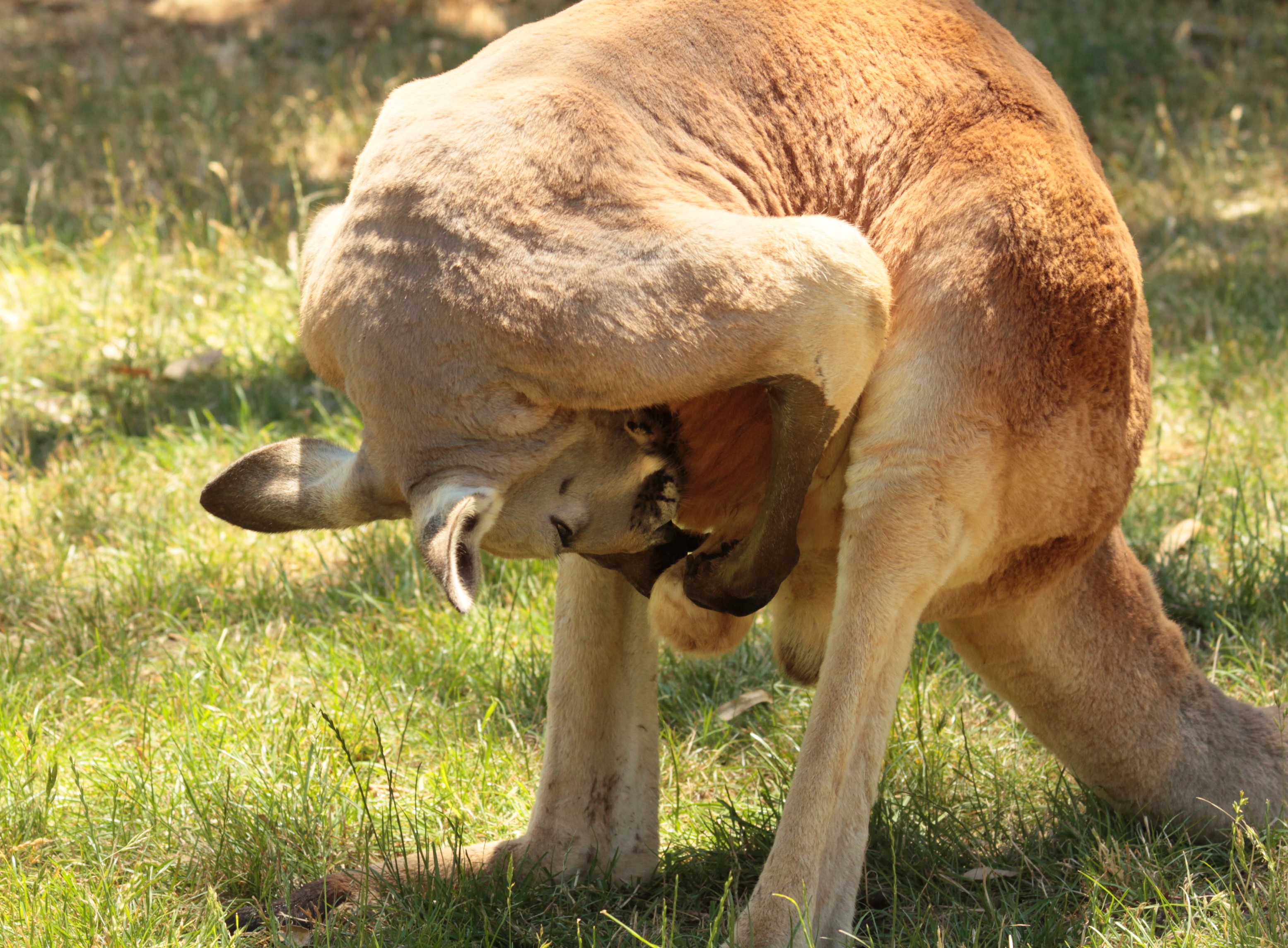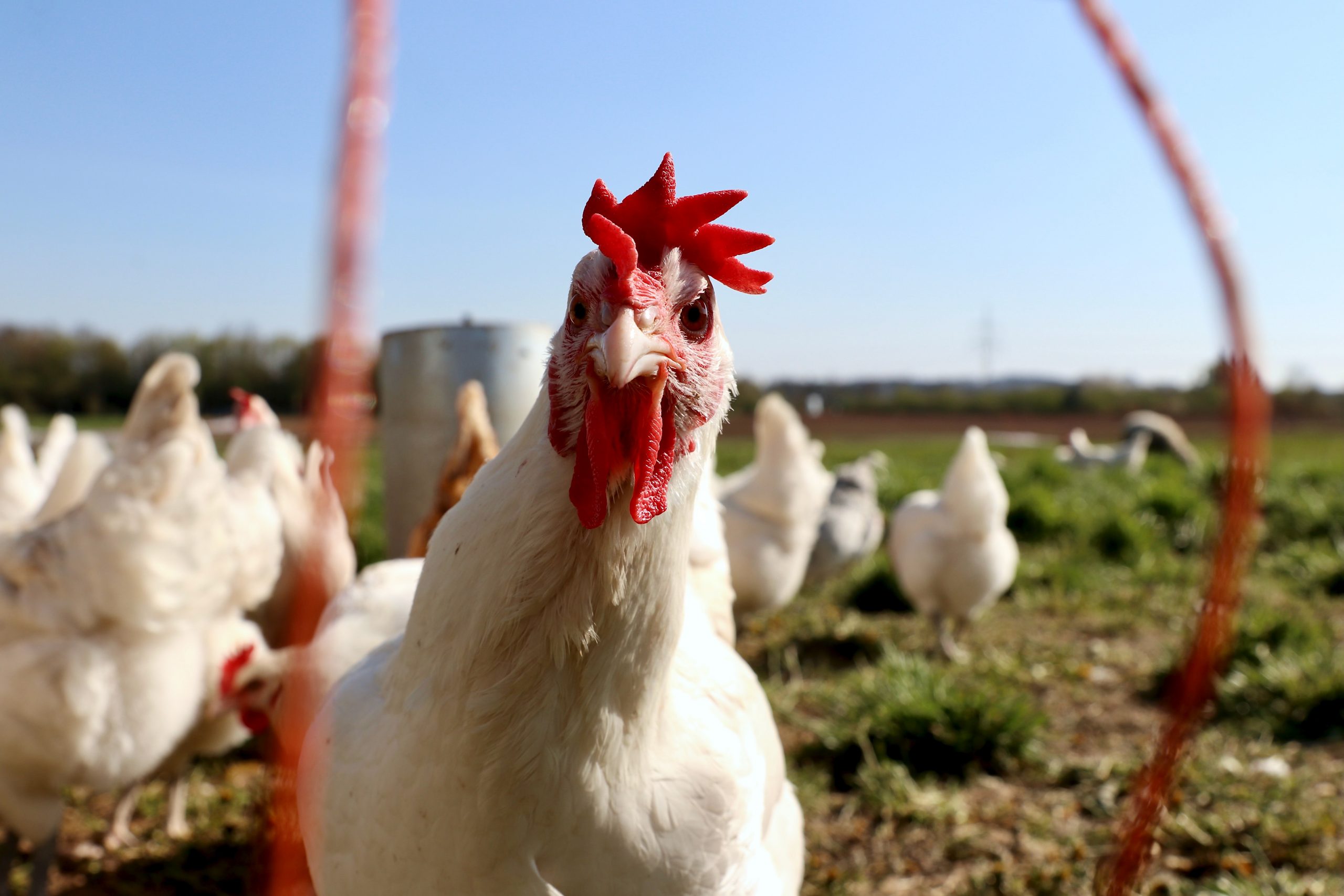A new study has provided evidence of a mechanism by which climate change could have played a direct role in the emergence of SARS-CoV-2 which is the virus that caused the COVID-19 pandemic.
Green-house gas emissions over the last century have led to making southern China a hotspot for bat-borne coronavirus by creating a forest habitat that is favored by bats. The study published in the journal called Science of the Total Environment serves as the first instance of the mechanism by which climate change could have contributed to the emergence of the pandemic-causing virus, SARS-CoV-2. The study shows that there have been large-scale changes over the past century in the type of vegetation present in the southern Chinese Yunnan province and its adjacent regions like Myanmar and Laos. The change in vegetation has led to climatic changes such as increased temperature, sunlight, and atmospheric carbon dioxide which further affects the growth of plants and trees. This has led to changed natural habitat from tropical shrubland to tropical savannah and deciduous woodland which serves as a suitable environment for many bat species that predominantly live in the forest.
The number of coronaviruses in an area is very closely linked to the number of different bat species present in that area. According to the researchers, it was found that in the past century, an additional 40 bat species moved to southern Chinese Yunnan province which is now harboring around 100 types of bat-borne coronavirus. Thus it has become the global hotspot for the coronavirus.
Understanding the global distribution of bat species as a result of a shift in climate change can be an important step in the reconstruction of the origin of the COVID-19 outbreaks.
To get their outcomes, the scientists made a guide of the world’s vegetation as it was a century prior, utilizing records of temperature, precipitation, and overcast cover. At that point, they utilized data on the vegetation prerequisites of the world’s bat species to work out the worldwide conveyance of every species in the mid-1900s. Contrasting this with current appropriations permitted them to perceive how bat ‘species extravagance’, the number of various species, has changed across the globe in the course of the only remaining century because of environmental change.
According to the scientists, as environmental change adjusted natural surroundings, species left a few zones and moved into others – taking their infections with them. This not just changed the locals where infections are available, yet doubtlessly considered new cooperation’s among creatures and infections, causing more destructive infections to be sent or develop.
The world’s bat populace hefts around 3,000 unique kinds of Covid, with each bat species holding a normal of 2.7 Covid. An increment in the number of bat species in a specific district, driven by environmental change, may improve the probability that a Covid unsafe to people is available, sent, or advances there.
Most Covid conveyed by bats can’t hop into people. Yet, a few Covid is known to taint people are probably going to have begun in bats, including three that can cause human fatalities: Middle East Respiratory Syndrome (MERS) CoV, and Severe Acute Respiratory Syndrome (SARS) CoV-1 and CoV-2.
The locale distinguished by the investigation as a focal point for an environment-driven expansion in bat species extravagance is additionally home to pangolins, which are proposed to have gone about as middle-of-the-road hosts to SARS-CoV-2. The infection is probably going to have bounced from bats to these creatures, which were then sold at a natural life market in Wuhan – where the underlying human flare-up happened.
The scientist’s reverberation calls from past investigations that ask strategy producers to recognize the job of environmental change in flare-ups of viral infections and to address environmental change as a component of COVID-19 monetary recuperation programs.
“The COVID-19 pandemic has caused huge social and financial harm. Governments should take advantage of the lucky break to lessen wellbeing chances from irresistible infections by making a conclusive move to alleviate environmental change,” said Professor Andrea Manica in the University of Cambridge’s Department of Zoology, who was associated with the investigation.
“The way that environmental change can quicken the transmission of natural life microorganisms to people ought to be a critical reminder to lessen worldwide emanations,” added Professor Camilo Mora at the University of Hawai’i at Manoa, who started the undertaking.
The specialists underscored the need to restrict the extension of metropolitan territories, farmland, and chasing grounds into characteristic living space to diminish contact among people and illness conveying animals.
The examination showed that in the course of the only remaining century, environmental change has additionally determined expansions in the number of bat species in districts around Central Africa, and dispersed patches in Central and South America.





